Cultural Heritage Administration
(Former Researcher, National Research Institute of Cultural Heritage)
KONG Dalyong


Do you remember the distinct laugh “Heh-heh-heh-HEHHHH-heh… Heh-heh-heh-HEHHHH-heh….. HEHHHHHHHH?” Woody Woodpecker, the eponymous main character of The Woody Woodpecker Show, a popular TV animation series from the 1980s, was well-known for his mischievous laugh. Interestingly, the Korean Peninsula is home to woodpeckers as celebrated as Woody but gentler and more stylish. Dubbed the “doctor of the forest” or the “gentleman of the forest,” Tristram’s Woodpecker (Dryocopus javensis richardsi), referred to as ‘Keunaksae’ (크낙새) in Korean is a native Korean species in the Picidae family found only in forests on the Korean Peninsula.
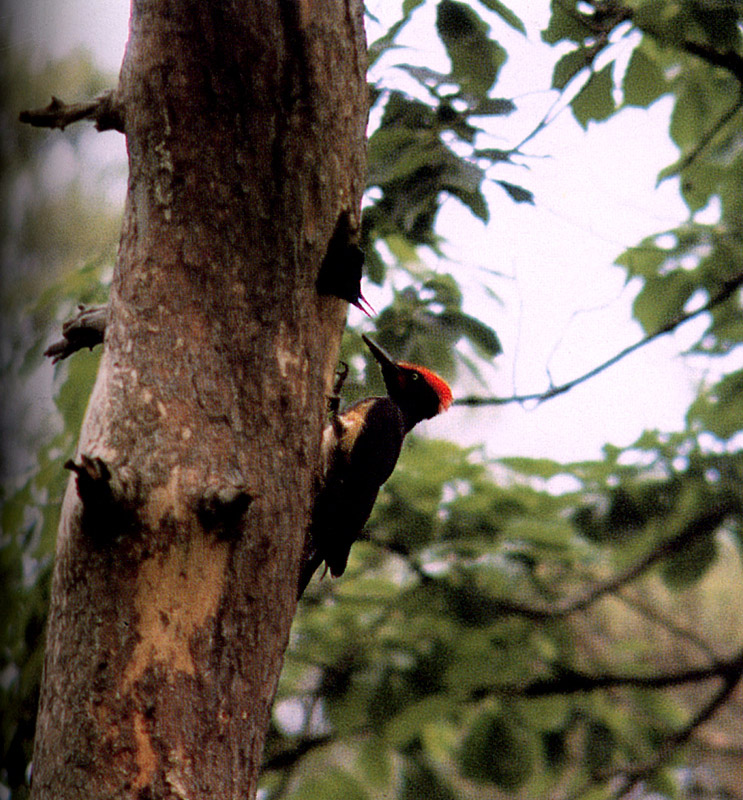

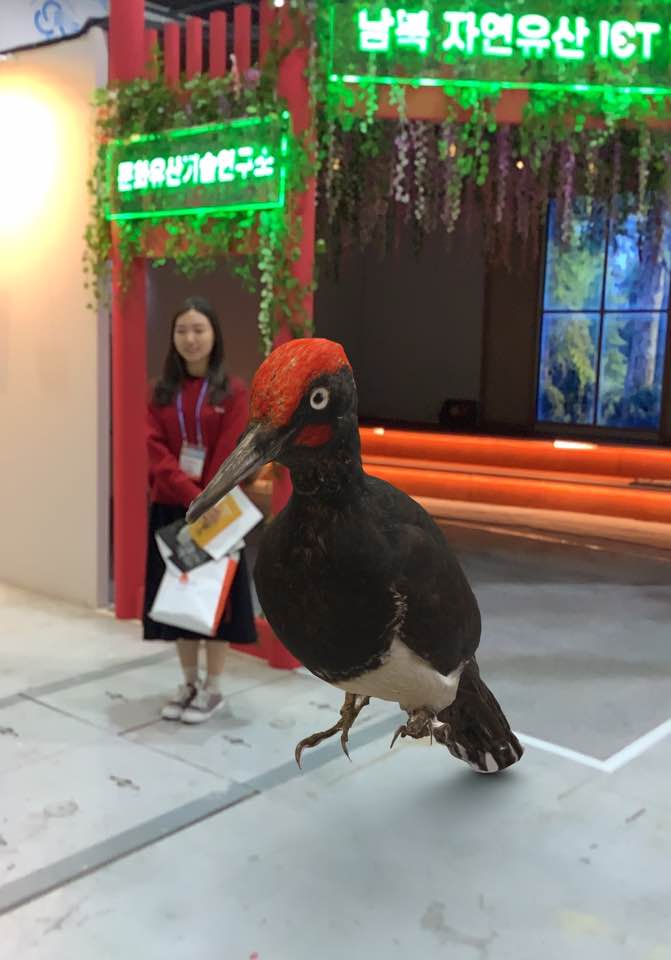

When Ornithologist H. B. Tristram first mentioned the Woodpecker in 1897, its habitat consisted of the entire Korean Peninsula and Tsushima Island in Japan. According to Japanese records, the species went extinct from the island in 1920. The name ‘Keunaksae’ is derived from the sound the bird makes. The species is known as ‘Keunaksae’ in South Korea and ‘Keullaksae’ (클락새) in North Korea because its cry is supposed to sound like “keunak keunak” and “keullak keullak,” respectively. However, the bird also communicates its emotions and attitudes through a diverse range of other sounds similar to “kaek kaek,” “kal kal,” “kya-ah kya-ah,” “py-yi-ik py-yi-ik,” “ki-ah-yak ki-ah-yak,” and “turu-ru-ru.”
Before 1945, Tristram’s Woodpeckers were easily spotted all across the country, particularly in Seoul, Pocheon, Yangpyeong, Suwon, Gunpo, Goesan, Cheonan and Busan, as well as, Songnisan Mountain and Seoraksan Mountain. However, their number has sharply declined since the Korean War. Although the species was designated Natural Monument No. 197 in 1968, its cry has not been heard in South Korea since 1993. The Korean War and industrialization have caused deforestation and the destruction of most habitats.




As a result, this emblematic bird of the Korean Peninsula is on the verge of extinction and isolated within a few small forests in North Korea, with only 40 remaining in Bongcheon-gun, Hwanghaenam-do Province and in Insan-gun and Pyeongsan-gun of Hwanghaebuk-do Province. South and North Korean scholars and researchers gathered at the ‘2019 South-North Korea Joint Meeting: Restoring Tristram’s Woodpecker by ICT Restoration’ in Japan to discuss and share their ideas on how to save the endangered birds as well as how to restore and reproduce the data through the various technologies such as making the Augmented Reality pop-up books.
Through these joint efforts of South and North Korea, it is our hope that someday we will be able to hear the keunak sound all throughout the Korean forest again.



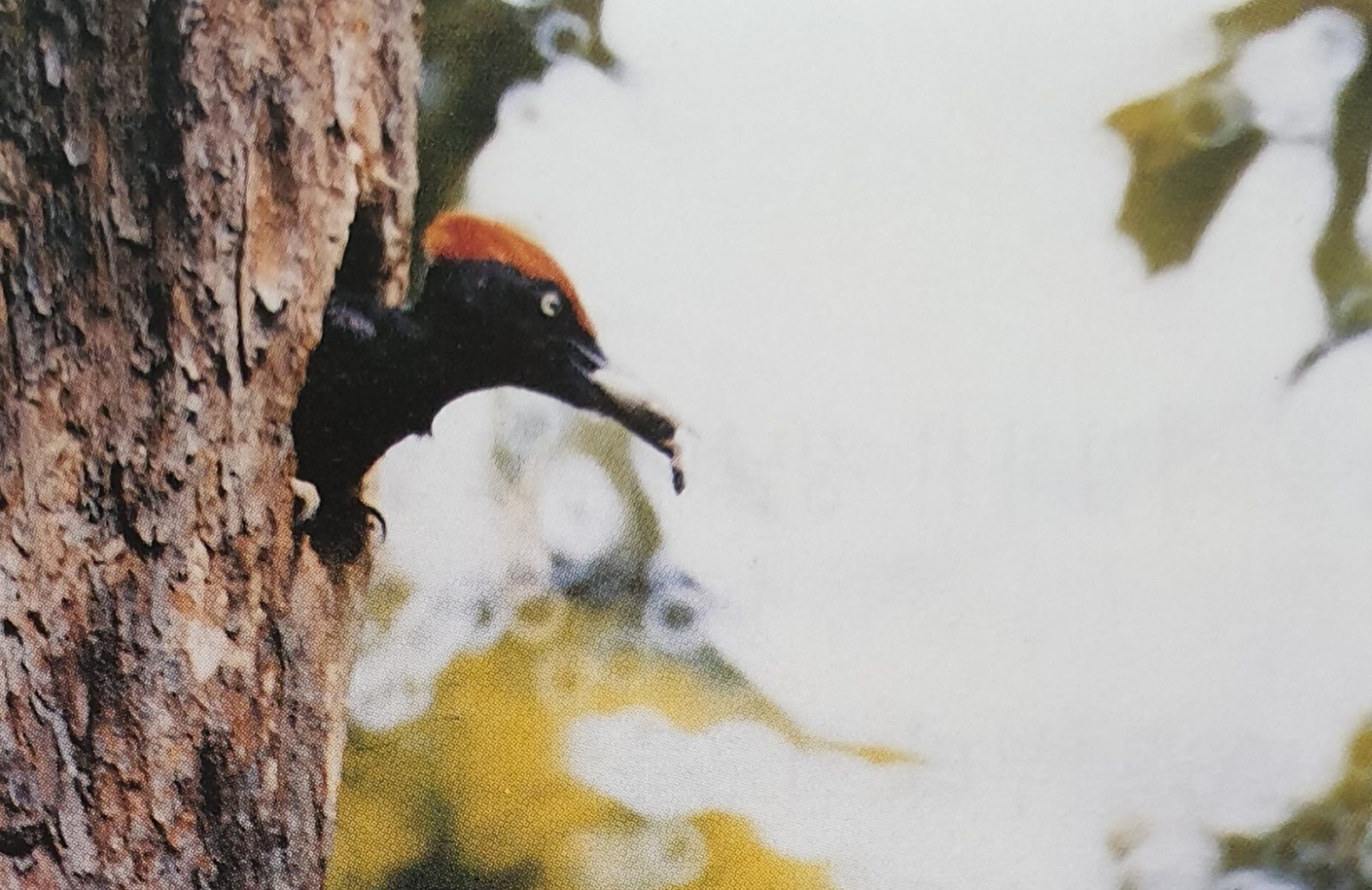
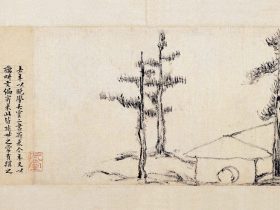


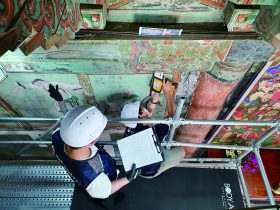
Leave a Reply